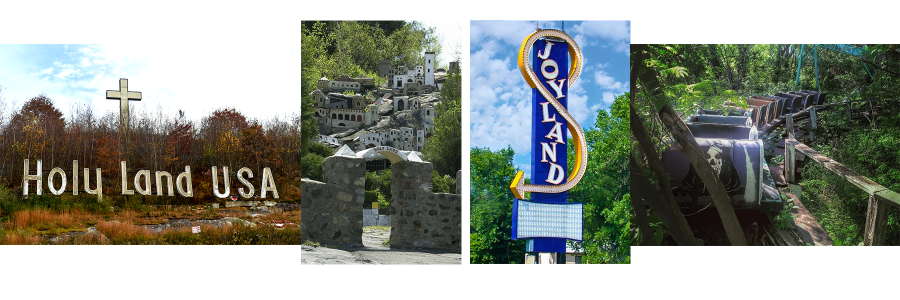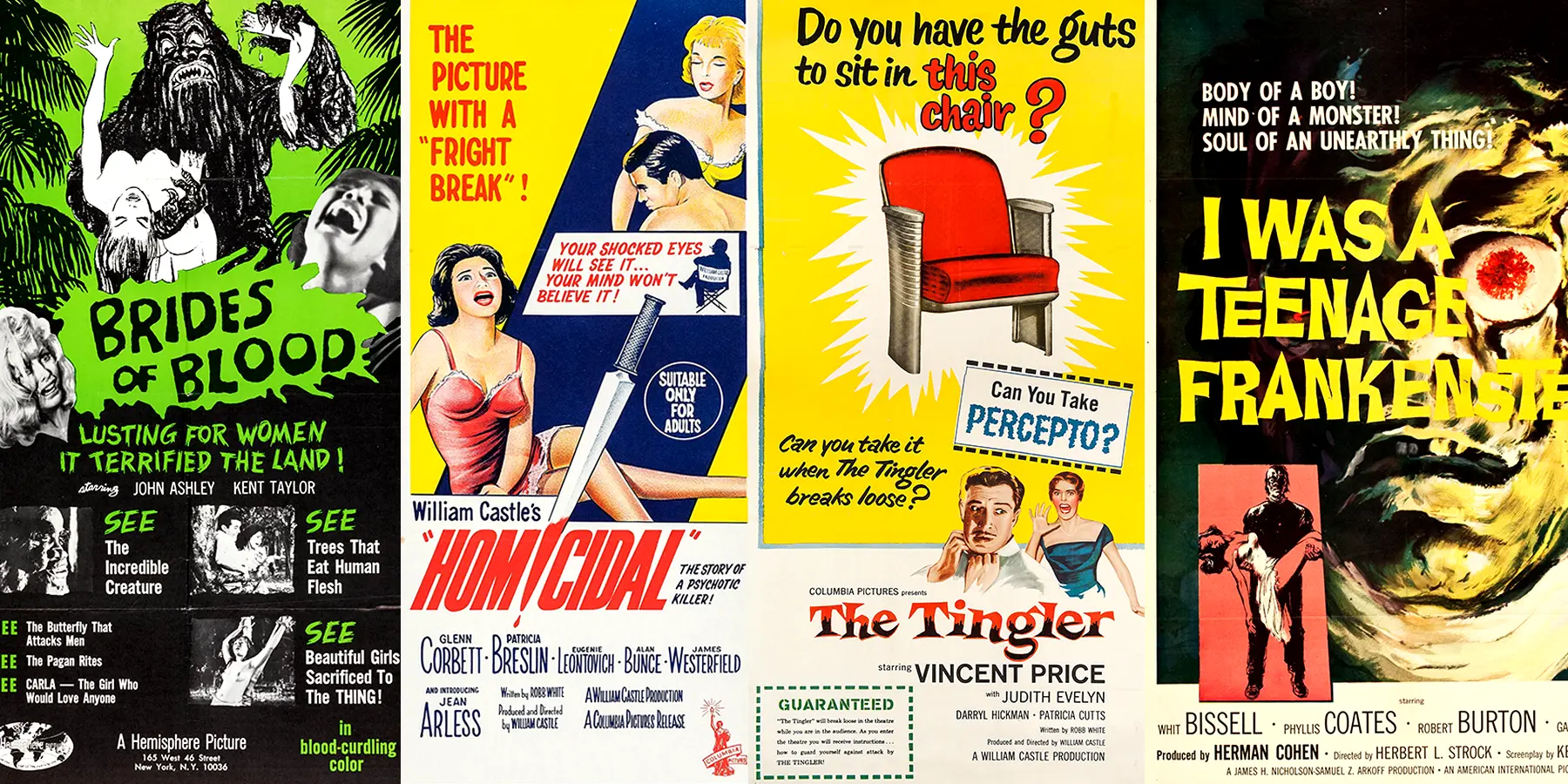There’s something hauntingly beautiful about abandoned amusement parks, roadside attractions, and drive-ins. These once-thriving symbols of joy and escapism now stand as decaying monuments to a bygone era, filled with eerie silence and overgrown nostalgia. But why are we so drawn to these forgotten places? Let’s explore their history, cultural significance, and the thrill that comes from wandering their rusting ruins.
Why Are We Drawn to Abandoned Places?
- Nostalgia: Many of these locations evoke memories of simpler times, reminding us of childhood joys or family outings.
- Decay and Beauty: The juxtaposition of nature reclaiming man-made structures creates a striking visual appeal, often described as “urban decay chic.”
- Mystery and Adventure: Exploring these locations feels like stepping into another world, one filled with untold stories and echoes of the past.
Haunting Atmosphere: The eeriness of abandoned places taps into our fascination with the macabre and the unknown, especially when these sites are rumored to be haunted.

Top Popular Abandoned Attractions
| Name | Location | Reason for Demise |
| Six Flags New Orleans | New Orleans, Louisiana 2000 – 2005 | Devastated by Hurricane Katrina. |
| Spreepark | Berlin, Germany 1969 – 2002 | Financial troubles and mismanagement. |
| Lake Shawnee Amusement Park | Rock, West Virginia 1926 – 1966 | Fatal accidents and declining attendance. |
| Dogpatch USA | Marble Falls, Arkansas 1968 – 1993 | Economic struggles and outdated theme. |
| Joyland Amusement Park | Wichita, Kansas 1949 – 2006 | Financial issues and vandalism. |
| Holy Land USA | Waterbury, Connecticut 1958 – 1984 | Decline in religious tourism. |
| Frontier Town | Berlin, Maryland 1959 – 1980s | Competition and lack of visitors. |
| Rock-A-Hoola Waterpark | Newberry Springs, California 1962 – 2004 | Lawsuits and financial failure. |
| Chippewa Lake Park | Chippewa Lake, Ohio 1878 – 1978 | Competition from modern parks. |
| Sutton Drive-In | Sutton, Massachusetts 1947 – 1996 | Single-screen limitation. |
| Lincoln Park | Dartmouth, Massachusetts 1894 – 1987 | Financial decline and accidents. |
| Disney’s River Country | Bay Lake, Florida 1976 – 2001 | Outdated technology and water quality issues. |
| Heritage USA | Fort Mill, South Carolina 1978 – 1989 | Financial scandals and lawsuits. |
| Magic Harbor | Myrtle Beach, South Carolina 1954 – 1990s | Declining attendance and financial losses. |
| Gulliver’s Kingdom | Yamanashi, Japan 1997 – 2001 | Poor location near Aokigahara (Suicide Forest). |
| Steeplechase Park | Brooklyn, New York 1897 – 1964 | Urban development pressures. |
| Santa’s Village | East Dundee, Illinois 1959 – 2006 | Competition and economic downturn. |
| Camelot Theme Park | Chorley, England 1983 – 2012 | Poor attendance and economic issues. |

Why Do People Sneak into Abandoned Places?
The thrill of trespassing into forbidden territory adds to the allure of abandoned attractions. Photographers and urban explorers often seek these locations to capture hauntingly beautiful images of decaying structures, overgrown foliage, and rusting relics of the past.
Is It Illegal?
Yes, entering abandoned properties without permission is generally considered trespassing, and violators could face fines or even arrest.
How to Get Permission
- Research ownership and contact the property owner.
- Request permission in writing and explain your purpose (e.g., photography or historical documentation).
- Look for official tours, as some locations offer guided explorations for a fee.
Are These Places Haunted?
Many abandoned amusement parks and attractions are rumored to be haunted, adding another layer of intrigue. For example:
- Lake Shawnee Amusement Park: Built on a Native American burial ground, it’s said to be plagued by ghostly apparitions.
- Lincoln Park: Stories of eerie sounds and sightings of shadowy figures abound.
- Holy Land USA: Local legends claim strange lights and ghostly figures roam the property.

How Do You Feel When You See Abandoned Places?
There’s a certain mix of awe, sadness, and curiosity when looking at photos of abandoned attractions. The juxtaposition of joy and decay creates an emotional pull, reminding us of the impermanence of human creations.
Would You Dare to Explore an Abandoned Place?
For the adventurous, stepping foot on these grounds feels like walking through a time capsule, connecting with the echoes of laughter and memories long gone. But for the cautious, the rusting rides and crumbling structures may serve as a sobering reminder of fleeting moments in history.
Closing Thoughts: Why We Love Forgotten Attractions
Abandoned amusement parks, roadside attractions, and drive-ins represent more than just decay; they’re repositories of stories, memories, and cultural significance. They allow us to confront the passage of time while marveling at the resilience of nature reclaiming human endeavors. Whether you visit these places legally or simply admire photos from afar, their haunting beauty and nostalgic charm remind us of a past that’s both bittersweet and captivating.
Would you dare to explore their rusting rides and crumbling facades? Or are you content marveling from a distance, imagining the laughter that once echoed through their halls? Either way, their allure is undeniable.





